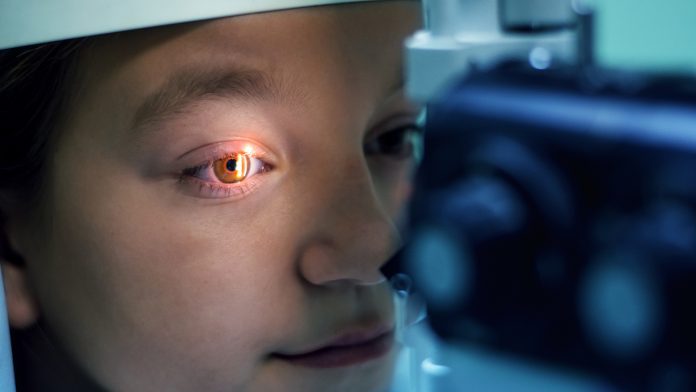
Australian scientists have unveiled the development of a groundbreaking glaucoma test that uses Artificial Intelligence (AI) to provide accurate results in mere seconds.
The innovative glaucoma test, pioneered by a research team consisting of engineers and ophthalmologists led by RMIT University in Melbourne, Australia, utilises infrared sensors to assess eye movement, generating precise results within seconds. The cutting-edge glaucoma test will potentially advance early detection of the disease that is the leading cause of blindness worldwide.
Traditional diagnostic techniques
Currently, around 80 million people globally have glaucoma, a number that is expected to rise to 111 million by 2040. Throughout their lifetime, around one in 50 Australians will develop glaucoma, and due to the loss of vision being a gradual decline, 50% of people living with the eye disease do not know they have it.
The issue with current glaucoma diagnostics is that they are time-consuming and require expensive equipment, requiring a 30-minute eye pressure test that is conducted by an ophthalmologist. In contrast, the newly developed RMIT University glaucoma test employs AI to complete an assessment in just 10 seconds, making it an ideal candidate for use in a national screening programme.
The team believes that their innovative technology can ensure early detection, diagnosis, and treatment critical to combat the condition, making screening more efficient and accessible to the world.
Professor Dinesh Kumar, the lead researcher at RMIT, said: “This research will allow a non-contact, easy-to-use and low-cost test that can be performed routinely at general clinics. It could also promote a community-wide screening programme, reaching people who might not otherwise seek treatment until it’s too late.”
How does the AI glaucoma test work?
The innovative AI test examines changes in pupil size to differentiate between healthy eyes and those with glaucoma. The researchers measured pupil size 60 times per second using a low-cost commercial eye tracker to test their creation.
Next, under ambient light conditions, patients looked at a computer screen while specialised software measured and examined specific changes in their pupil size. The state-of-the-art software subsequently compared the results against existing examples of glaucoma and healthy eyes, calculating the risk of glaucoma. The team confirmed that their novel technology is considerably faster and more accurate than similar AI-based methods.
Dr Quoc Cuong Ngo, part of the team from RMIT, said: “Our software can measure how the pupil adjusts to ambient light and captures minuscule changes in the shape and size of the pupil. Existing AI glaucoma tests require the patient to be perfectly still for up to 10 minutes. Our tech does the job in 10 seconds, without compromising on accuracy.”
The RMIT researchers are now working to adapt their glaucoma test to work with smartphone cameras instead of the eye tracker used in the study and believe the software could also be used to identify a range of neurological conditions.






















